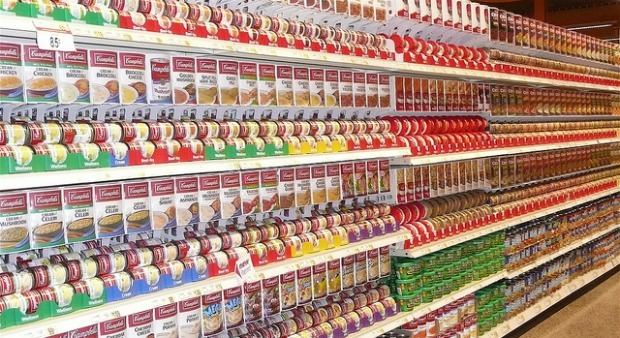BY Expert Blogger Joel Rubinson |
This blog is written by a member of our expert blogging community and expresses that expert's views alone.

Traditionally, new product marketing assumes first-time purchases arise from an orderly chain of events. The effective commercial starts the engine turning by generating brand awareness, which begets interest, desire, and finally consumer action, with planned purchases popping out the other end.
But often, consumers actually start at the other end of the funnel. They bring their needs and impulses to a retail setting looking for an immediate solution. In ways that behavioral economists talk about, shoppers spontaneously make sense of their choices, frequently buying something they never knew existed before but that they assess will best meet their needs in the moment. How often does this happen? More than half of first-time supermarket purchases are unplanned events, according to shopper insights R&D research I conducted, and the largest source of awareness for new products is not TV or social media, but in-store exposure.
So how do brands start marketing from the other end of the funnel? First, realize that the shopper's mind is a prediction system, constantly operating, sensing hints or semi-conscious triggers called “cues” to anticipate how well a product will match desired outcomes in the ABSENCE of prior knowledge about that alternative. Shopper cues come from packaging, price, ingredients, the parent brand name, what something is next to on the shelf (e.g. gourmet coffees are easy to understand if they are near Starbucks on the shelf), signage, and the retailer (e.g. being sold at Whole Foods immediately cues product healthfulness). Not all cues are equal, so marketers need to learn which cues are the most important in the shopper's mind for the benefits they want to signal.
Consider Chobani, one of the leading new products last year, according to the IRI Pacesetters report. With no TV advertising, you see it on the shelf and still immediately get what it is about. Product thickness graphics, arresting package design, and protein ingredient cues tell us it is not the familiar Dannon or Yoplait. Seeing other yogurt packages that look similar to each other but different from mainstream yogurts grouped together on the shelf, work to create a pattern, “Hmmm, this is a new type of yogurt…a Greek yogurt…I need to try it and learn more about it.”
Next, the marketer must realize that their job is not done by being disruptive on the shelf. Shoppers buy PRODUCTS spontaneously, not brands; so it becomes the marketer’s job to turn that bundle of features into a brand in the consumer’s mind. As people hopefully love this product they just bought for the first time, they become curious and want to learn more. Point users to your website, a branded community, your Facebook page, and Twitter profile, where people learn about the brand and share experiences socially. This is how Chobani does it. No TV advertising, but as many fans and followers and more conversations in social media than a brand ten times its size, Folgers.
The venerable linear purchase funnel won’t be making a comeback anytime soon, and smartphones and tablets brought into the store will only reinforce this new type of shopper behavior.
When you market from the other end of the funnel, everything is flipped in what Procter and Gamble calls “store back” marketing. The brand narrative, brand values, social media engagement, even TV commercial impact come AFTER the purchase, so they solidify rather than precondition the brand-customer relationship. In this model, shopper marketing cues must be mastered as the main trial generator.
No comments:
Post a Comment